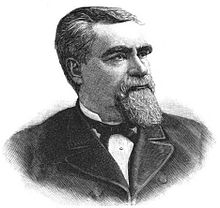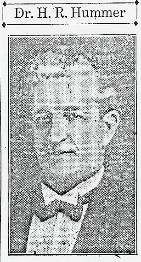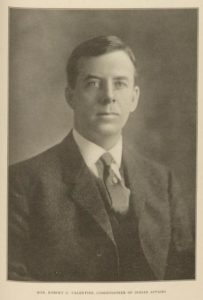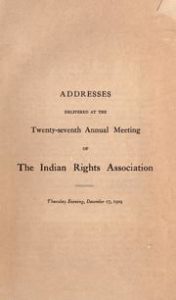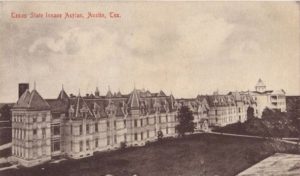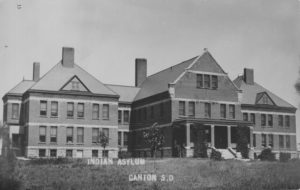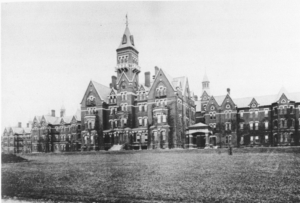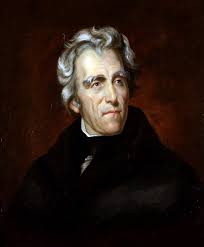Much of the therapy for insanity was experimental, and a number of treatments likely inflicted a great deal of harm and discomfort on patients. Something like Pilgrim’s Tub Therapy (see last post) may have resulted in a waterlogged and weakened patient, but would not have otherwise imposed great trauma, particularly since the treatment was almost always voluntary. On the other hand, shock treatments could be both violent and frightening.
In the 1930s, psychiatrists began experimenting with various kinds of treatments that threw the body into convulsions. For some reason–and they did not know why–convulsions often helped patients with depression and other problems. In 1933, Ladislaus (also Ladislas) von Meduna began inducing convulsions through intravenous drugs. He had noticed that schizophrenia and epilepsy could not seem to co-exist, and believed that controllable convulsions would cure schizophrenics.
Meduna began experimenting with camphor, but didn’t get reliable results. He moved on to strychnine, thebain, pilocarpin, and pentilenetetrazol, the latter also referred to as metrazol or cardiazol. He injected these substances intramuscularly, but only got reliable results with metrazol. This substance induced quick, violent convulsions that Meduna reported “cured” 50 percent of his subjects. Unfortunately, the convulsions that metrazol induced were so violent that they also caused spinal fractures in 41 percent of Meduna’s patients. Many patients also reported feelings of “impending death and sudden annihilation” before the convulsions started.
Eventually another psychiatrist (A. E. Bennett) combined metrazol with curare (a muscle paralyzing agent) to make the convulsions less violent. Later practitioners also sedated patients so they didn’t go through this treatment while conscious–such an obvious step that it should not have taken nearly a decade to hit upon. Eventually, insulin shock therapy won out over the metrazol injections, and they in turn gave way to electroconvulsive shock therapy.













